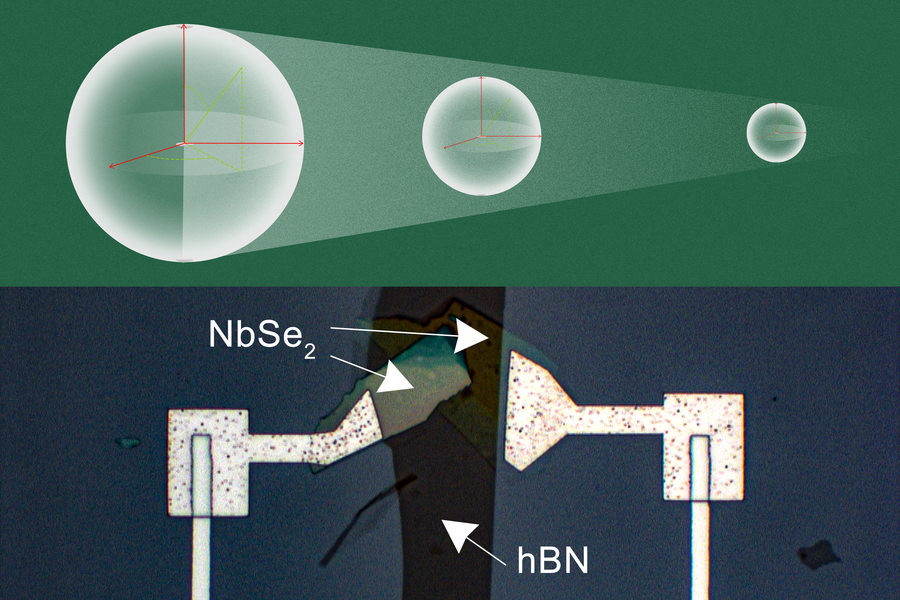MIT News January 27, 2022
An international team of researchers (USA – MIT, MIT Lincoln Laboratory, Japan) used hexagonal boron nitride to build a parallel-plate capacitor for a qubit. To fabricate the capacitor, they sandwiched hexagonal boron nitride between very thin layers of another van der Waals material, niobium diselenide and connected the capacitor to the existing structure and cooled the qubit to 20 millikelvins (-273.13 C). The resulting qubit was about 100 times smaller than what they made with traditional techniques on the same chip. The coherence time, or lifetime, of the qubit was only a few microseconds shorter with their new design. And capacitors built with hexagonal boron nitride contained more than 90 percent of the electric field between the upper and lower plates, which suggested they will significantly suppress crosstalk among neighboring qubits. In the future, the researchers want to use this method to build many qubits on a chip to verify that their technique reduces crosstalk and improve the performance of the qubit by finetuning the fabrication process, or even building the entire qubit out of 2D materials. This advance could improve the performance of quantum computers and enable the development of smaller quantum devices..read more. Open Access TECHNICAL ARTICLE

MIT researchers used the 2D material hexagonal boron nitride to build much smaller capacitors for superconducting qubits…Credit: Researchers.